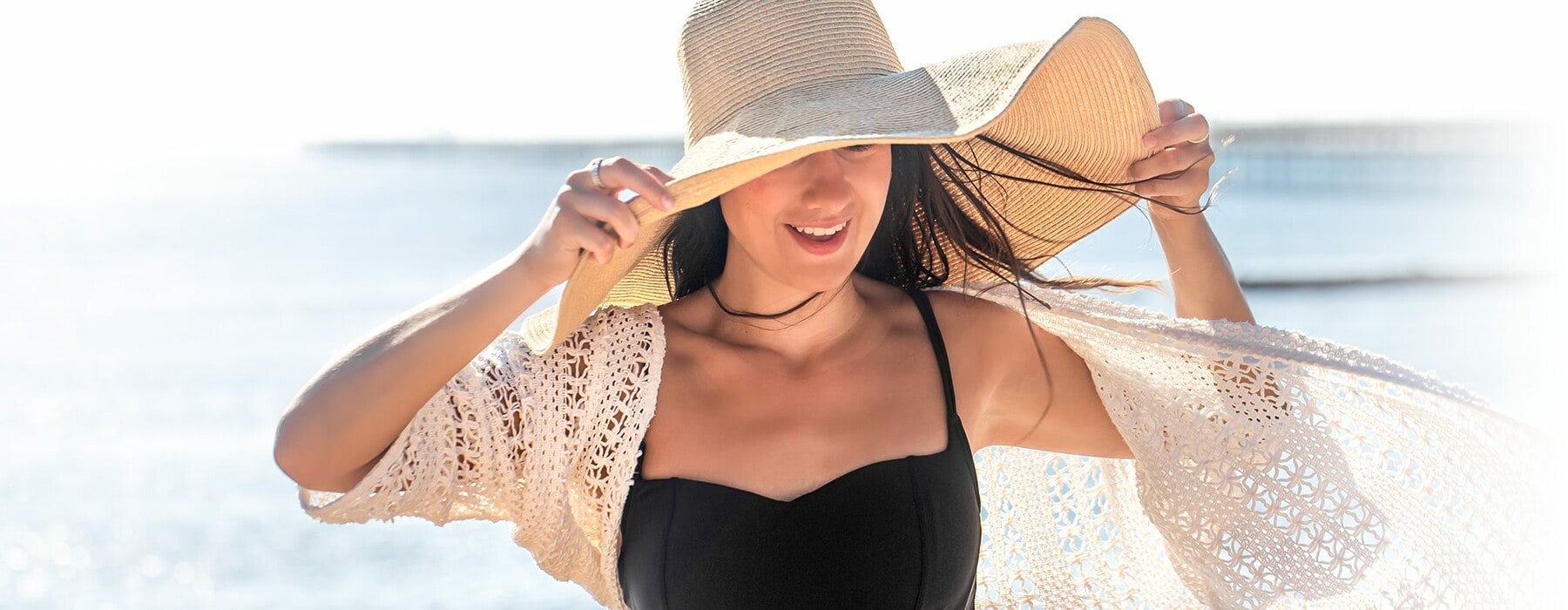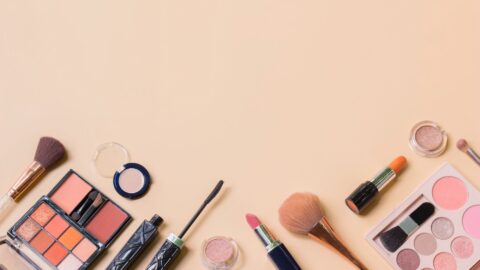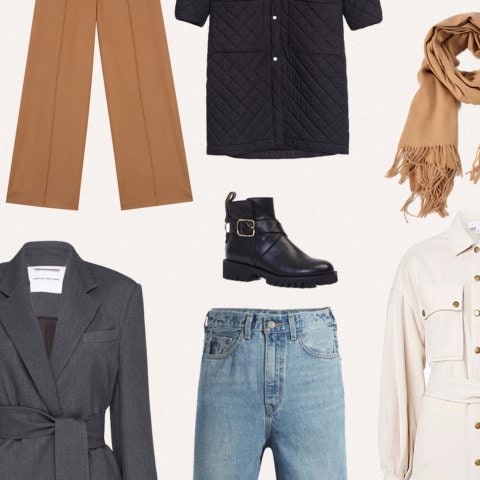With such a huge array of sunscreens to choose from, how do you find one that’s right for your skin and the planet? Amy Houlihan seeks answers to your questions about the best sun protection.
It’s widely recognised we need sun protection all year round, thanks to New Zealand’s compromised ozone layer and evidence that blue light emitted from our devices has an ageing effect. But summer sun is particularly harsh, so, at this time of year, protecting yourself from its rays is an absolute must. But what natural options are there to slip, slop, slap?
What’s the first step?
It may surprise you, but it’s not sunscreen. The more you can keep those burning rays away from your skin, the better, so covering up is vital. Think broad-brimmed hats, long-sleeved shirts, full-length pants in cool summery fabrics and sarongs. Seek out the shade, particularly from September to April and especially between 10am and 4pm when UV levels are highest, says Melanoma New Zealand. If you’re heading to an exposed outdoor spot take an umbrella or sun shelter. Your eyes can also be damaged by the sun, which can contribute to cataracts and macular degeneration, so choose sunglasses that meet UV standards and fit closely to your face.
How do I know a sunscreen is natural?
Natural sunscreens, also known as mineral or physical sunscreens, are made using zinc oxide or titanium dioxide, The US Food and Drug Administration says they are the only two sunscreen ingredients proven to be safe and effective. They reflect UV rays and create a physical barrier, which is why they generally have a thicker consistency. As well as checking the ingredient list, look for information on the label that the product has been certified by a reputable organisation, such as NATRUE or BioGro.
Why choose a natural sunscreen?
There’s concern some sunscreen ingredients may harm the marine environment, plus many of us are just trying to limit our exposure to artificial chemicals. Safety concerns have been raised about some ingredients, as they can be absorbed systemically. The US-based Environmental Working Group says constant exposure to sunscreen chemicals raises concerns because “there is not enough safety data for most ingredients”.
How should we go about choosing a sunscreen?
It should be a broad-spectrum sunscreen so that it protects from both UVB and UVA rays. Once you’re happy with the ingredients, check if it meets the Australia/New Zealand AS/NZS 2604 sunscreen standard, which means it offers broad-spectrum protection. This should be printed on the packaging.
What do the different levels of SPF mean?
The letters SPF stand for sun protection factor, which is a guide to how much of the UV radiation is filtered out – for example, SPF30+ will filter out about 97 percent and SPF50+ 98 percent. However, to get this level of protection you’d need to use six teaspoons of sunscreen and most people don’t use nearly this much, according to DermNet NZ, so to be safe, don’t be stingy when you slap it on. SPF is mainly the measure of the sunscreen’s ability to protect against UVB, so to ensure protection from UVA rays make sure it’s a broad-spectrum product.
What parts of our body do we miss?
Becky Cashman is the founder of Goodbye, a Kiwi-owned family skincare business. She spent 14 years as an outdoor guide, so knows all about sun protection. “Most people cover their cheeks and nose, but miss their lips, eyelids and ears,” she says. “Many sunscreens sting the eyes and don’t feel good on the lips, but these parts of our face need sun protection too.” Her company’s Goodbye Sun Balm contains natural ingredients and was designed because she couldn’t find a product that could be used to protect her lips when she was sailing. It’s also water-free so won’t run into your eyes, she says.
How often should we reapply?
Every two hours is the standard recommendation on sunscreens, but it really depends on your skin, your chosen sunscreen, the UV on that day, the intensity of exposure, and how much water is involved, both in sweating and the type of water sport, says Becky. Reapplying is just as important as applying in the first place.
Is my sunscreen a dud?
Consumer NZ tests sunscreens to see if their SPF claims measure up – and even some well-known brands have failed. So it’s worth checking their latest results before you purchase.
Becky’s hot tips:
- Your first step in sun care is not sunscreen – use shade, clothing, a hat and sunglasses as your primary strategies.
- Choose a sunscreen that will take care of you and the environment.
- Know your sunscreen – daily use will help you understand how the sunscreen performs on your skin and will help you work out how long it lasts and how much you need to use.
- Apply sunscreen generously any time you are outdoors, especially when the UV Index is 3 or above, and reapply regularly.
- Don’t forget lips, eyelids and ears.








